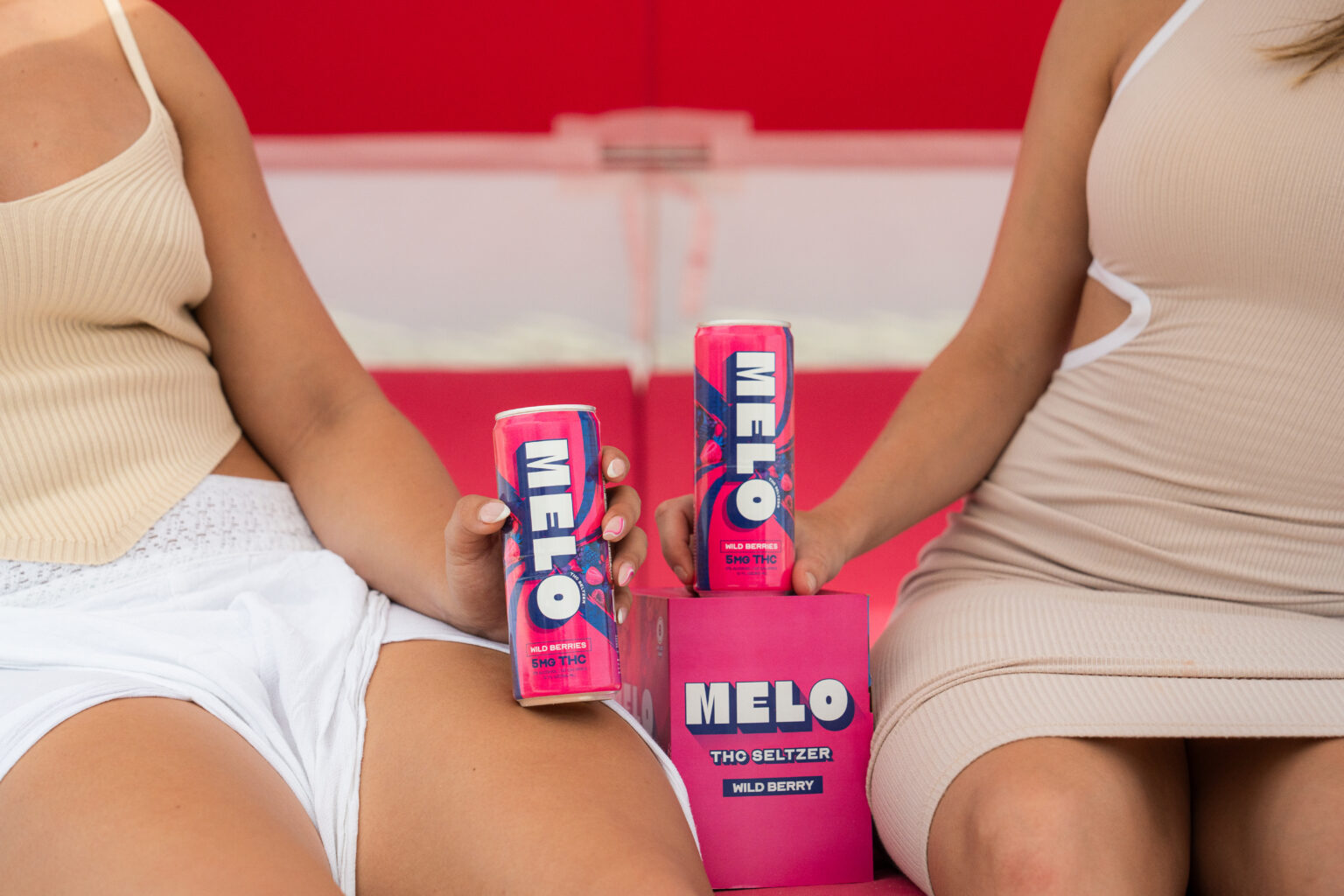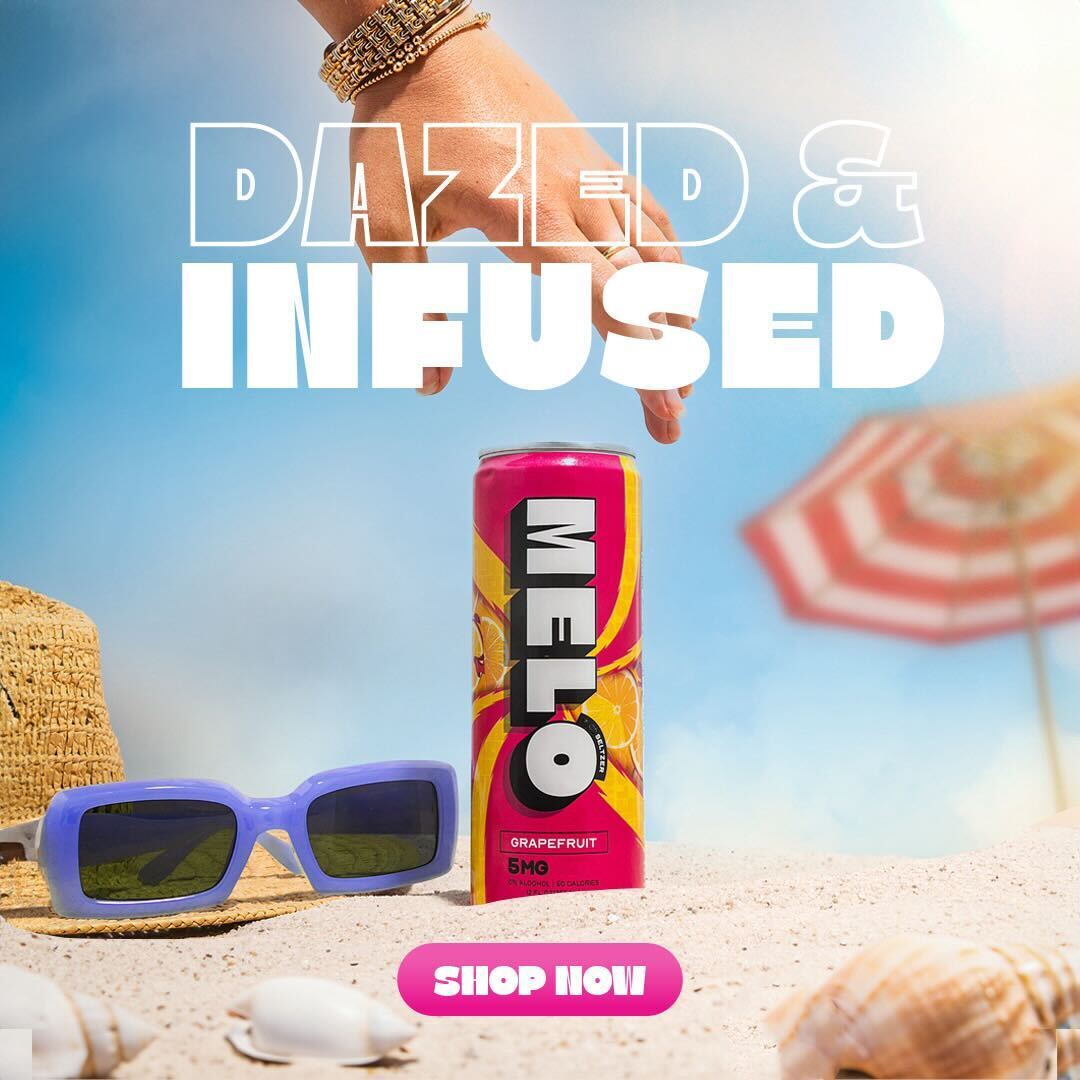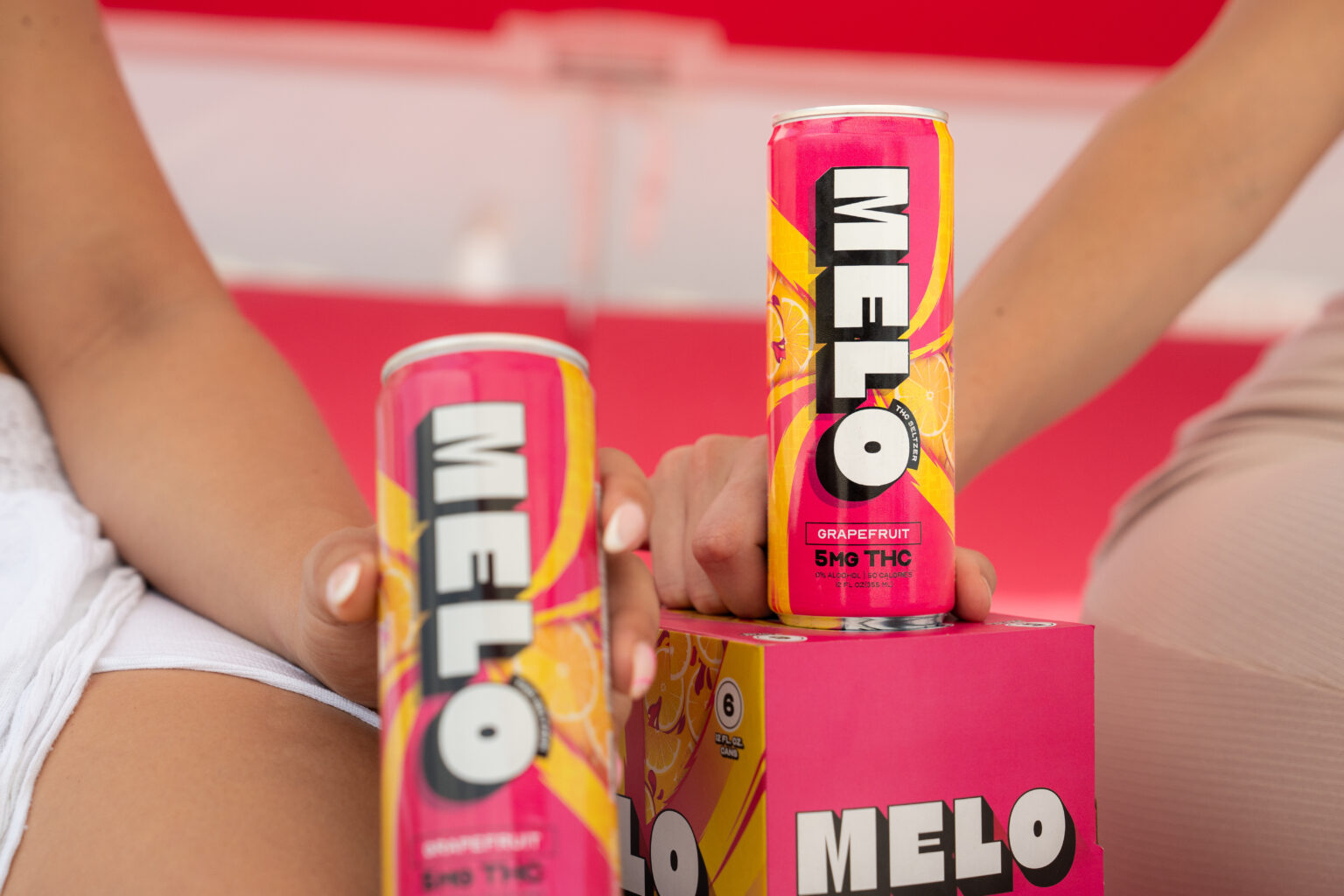THC Content
THC seltzers have become increasingly popular, offering a convenient and refreshing way to enjoy the effects of cannabis. However, navigating the world of THC-infused beverages can be confusing, especially when it comes to understanding THC content labels.
Milligrams of THC per Serving
One crucial element to understand is the milligrams of THC per serving. This information tells you exactly how much of the psychoactive compound is present in each can or bottle. Pay close attention to this figure as it directly impacts the intensity of your experience.
Total THC per Can/Bottle

Another important piece of information to look for is the total THC content per can or bottle. This will give you a complete picture of the overall amount of THC present in the entire container, regardless of how many servings it contains.
Knowing the total THC allows you to calculate the THC concentration per serving if desired. It also helps ensure you are consuming an appropriate amount based on your individual tolerance and desired effects.
Serving Size

When exploring the world of THC seltzers, understanding the labels is essential for a safe and enjoyable experience. Serving size plays a key role in this comprehension.
Typical Serving Size
Serving size refers to the recommended amount of a product intended to be consumed at one time. In the context of THC seltzers, the serving size is typically listed on the label as a standard measure, such as 12 ounces or half a can.
Understanding the typical serving size helps you determine how much THC you are actually consuming per drink and allows for more accurate dosage control.
Serving Suggestion Guidelines
Serving suggestions can provide helpful guidance on enjoying THC seltzers responsibly.
- Some brands may suggest pairing a single serving with a meal or snack to help manage the onset of effects.
- Others might recommend starting with half a serving and gradually increasing the amount as your tolerance builds.
Remember that these are general guidelines, and individual experiences may vary. It’s always best to start low and go slow when consuming THC. Listen to your body and adjust your intake accordingly.
Ingredients List
Deciphering the ingredients list on a THC seltzer can seem daunting, but it holds vital information for a safe and enjoyable experience.
Type of Cannabis Extract Used
A comprehensive ingredients list will detail all components of the beverage, including any flavorings, sweeteners, or additives. Paying attention to these ingredients can be particularly important for individuals with allergies or dietary restrictions. For instance, some THC seltzers may contain artificial flavors, colors, or sugar substitutes that certain individuals need to avoid.
Another key ingredient to look for is the type of cannabis extract used. Common types include distillate, isolate, and live resin. Each type has unique characteristics that can affect the taste, potency, and overall experience of the THC seltzer.
Flavorings and Additives
The ingredients list also sheds light on the presence of any added flavorings or sweeteners. Some seltzers use natural flavors derived from fruits, herbs, or spices, while others may rely on artificial flavoring agents. Similarly, sweeteners can range from natural options like cane sugar or stevia to artificial sweeteners like aspartame.
Additives are another aspect of the ingredients list to consider. These substances serve various purposes, such as preserving freshness, enhancing texture, or improving stability. Common additives in THC seltzers include citric acid (for tartness), sodium benzoate (as a preservative), and xanthan gum (to thicken the beverage).
By carefully reviewing the ingredients list, consumers can make informed choices based on their preferences, dietary needs, and desired effects.
Sweeteners
Understanding the sweeteners used in THC seltzers is important for managing your sugar intake and potential health considerations. Some brands use natural sweeteners like cane sugar or stevia, which are generally considered healthier alternatives to artificial sweeteners.
However, even natural sweeteners can contribute to calorie intake. Artificial sweeteners like aspartame or sucralose may be appealing for their low-calorie nature but can have potential long-term health effects that are still being researched.
Expiration Date and Storage Instructions
Expiration date and storage instructions are vital for maintaining the quality and potency of THC seltzers. The expiration date indicates the last day the product is guaranteed to be safe and effective when stored properly. Always check the expiration date before consuming any THC seltzer. Storage instructions typically advise against exposing the product to excessive heat, sunlight, or moisture as these factors can degrade the THC content and affect the beverage’s flavor.
Best By Date
Expiration dates tell you the last day the product is guaranteed safe and effective when stored properly. Always check the expiration date before consuming any THC seltzer.
Storage instructions usually advise against exposing the product to excessive heat, sunlight, or moisture. These factors can degrade the THC content and affect the beverage’s flavor.
“Best By” dates indicate peak quality but don’t necessarily mean a product is unsafe after this date.
Proper Storage Conditions
Understanding proper storage conditions for your THC seltzers ensures you get the most out of each can. Generally, it’s best to keep them in a cool, dark place away from direct sunlight and excessive heat.
Refrigeration is often recommended to maintain freshness and potency, but always check the specific instructions on your product’s packaging.
Pay attention to the expiration date printed on the container. This date tells you the last day the THC seltzer is guaranteed to be safe and effective when stored properly.
Lab Testing and Certifications
Navigating the world of THC-infused beverages can seem complex, especially with various labels and terms. Understanding these details is key for a safe and enjoyable experience.
Third-Party Lab Testing Information
Third-party lab testing is crucial for ensuring the safety, quality, and accuracy of THC seltzers. These independent laboratories analyze samples of the product to verify its potency, purity, and absence of harmful contaminants.
- Potency Verification: Labs measure the actual THC content in each serving to ensure it aligns with the manufacturer’s stated amounts. This accuracy is essential for consumers to know exactly how much THC they are consuming.
- Pesticide Residue Testing: THC seltzers are subject to stringent pesticide residue testing to safeguard against harmful chemicals that may have been used during cultivation or processing.
- Heavy Metal Contamination Screening: Labs screen for heavy metals like lead, mercury, and arsenic, which can pose health risks if present in cannabis products.
- Solvent Residuals Analysis: The extraction process used to obtain THC from the plant may involve solvents. Lab testing ensures that residual solvents are within safe limits.
The lab results typically provide detailed information about the product’s composition, including:
- THC concentration per serving
- Presence of other cannabinoids (e.g., CBD)
- Test results for pesticides, heavy metals, and residual solvents
Reputable brands make these lab test reports readily available to consumers, either on their website or through a QR code printed on the product packaging.

Presence of Pesticides, Heavy Metals, or Mold
Lab testing and certifications play a crucial role in ensuring the safety and quality of THC seltzers. Independent laboratories analyze samples of these beverages to verify several key aspects:
Firstly, labs measure the actual THC content per serving, comparing it to the manufacturer’s stated amounts. This potency verification is essential for consumers to know exactly how much THC they are consuming.
Secondly, rigorous testing is conducted for pesticide residues to protect against harmful chemicals that may have been used during cannabis cultivation or processing.
Additionally, labs screen for heavy metal contamination, such as lead, mercury, and arsenic, which can pose significant health risks if present in cannabis products.
The extraction process used to obtain THC often involves solvents. Lab testing ensures that any residual solvents are within safe limits.
These lab results typically provide detailed information about the product’s composition, including:
- THC concentration per serving
- Presence of other cannabinoids (e.g., CBD)
- Test results for pesticides, heavy metals, and residual solvents
Reputable brands will make these lab test reports readily accessible to consumers, either online or through a QR code printed on the product packaging.
Enjoy the best THC sparkling water experience
- How Stress Impacts Wrinkles Treatable With Baby Botox In Surrey - August 27, 2025
- How Sculptra Restores Facial Symmetry In Surrey - August 24, 2025
- How Much Is Mental Crease Filler? - August 15, 2025